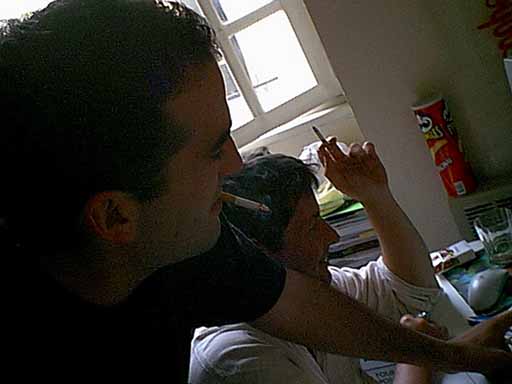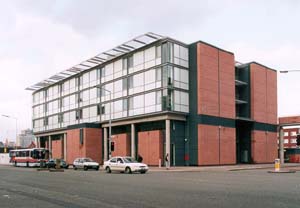
o=====================================
NOTRE UNIVERS N'EST PAS UN GAZ HOMOGÈNE DE PARTICULES
!!!!!
s 2 = (x2 - x1) 2 + (y-
z1) 2 - c 2 (t2 - t1) 2 ,
soit
s 2 = d 2 - c 2 (t2 - t1) 2 , s 2 = (x2 - x1) 2 + (y2 - y1) 2 + (z2 - z1)
2 - c 2 (t2 - t1) 2 ,
F / T = [ 1 - (v2 / c2)
½
soi
s 2 = d 2 - c 2 (t2 - t1) 2 , s 2 = - c 2 (t2 - t1) 2 , s 2 = (x2 - x1)
2 + (y2 - y1) 2 + (z2 - z1) 2 - c 2 (t2 - t1) 2 ,
soi
s 2 = d 2 - c 2 (t2 - t1) 2 , s 2 = (x2 - x1) 2 + (y2 - y1) 2 + (z2 - z1)
2 - c 2 (t2 - t1) 2 ,
soit
s 2 = d 2 - c 2 (t2 - t1) 2 ,
La matière
s'est formée grâce au violent déséquilibre originel
qui a accompagné la naissance de l'Univers,
un peu comme dans un phénomène
de
trempe. Une fois apparue, cette
matière a été soumise à d'autres
t
pour former les corps célestes.

| http://meritbbs.unimaas.nl/publications/tser
//meritbbs.unimaas.nl/publications/tserbook.htmlhttp://m eritbbs.unimaas.nl/publications/tserbook.htmlhttp://merit bbs unimaas.nl/publications/tserbook.html Technology and the Future of European Employment Pascal Petit & Luc Soete
(eds.), 2000, Technology and the Future of European Employment, Edward
Elgar Publishing Ltd, Cheltenham,
Summary Developed economies are presently
undergoing a set of structural changes which combine the diffusion of information
and communication
The general and paradoxical productivity
slowdown which has affected all countries until the end of the 90s is also
a major issue, pointing at basic
Contributions and comments are by: Chris
Freeman, Umit EfenDioglu, Nick von Tunzelmann, Pascal Petit, Giovanni Russo,
Ronald Schettkat, Mario Panta, Luc Soete, Michael
|
Welcome
Welcome to the International Institute of Infonomics (IIoI). The institute has been set
up by Maastricht University, with the local
Welcome to the International Institute of Infonomics (IIoI). The institute has been set
up by Maastricht University, with the local
1. e-basics
Welcome to the International Institute of Infonomics (IIoI).
The institute has been set up by Maastricht University, with the local
1. e-basics
Welcome to the International Institute of Infonomics (IIoI). The institute has been set
up by Maastricht University, with the local
1. e-basics
Welcome to the International
Institute of Infonomics (IIoI).
1. e-basics
1. e-basics
|
| Notre Univers est en expansion.
Sa partie visible est bornée par un horizon au-delà
duquel les galaxies sont invisibles, leur lumière n'ayant pas encore eu le temps de parvenir jusqu'à nous. Mais où se situe la frontière fatidique ? |